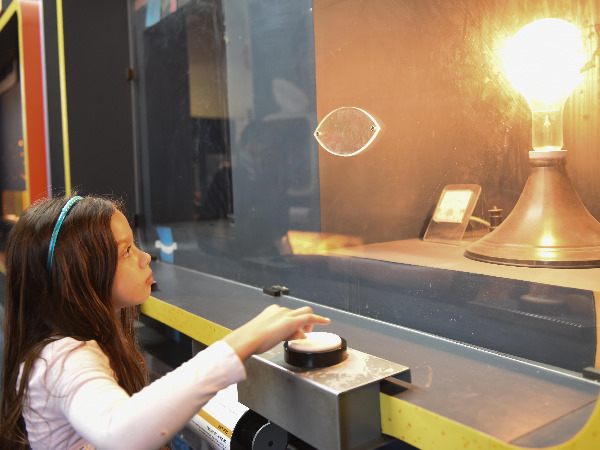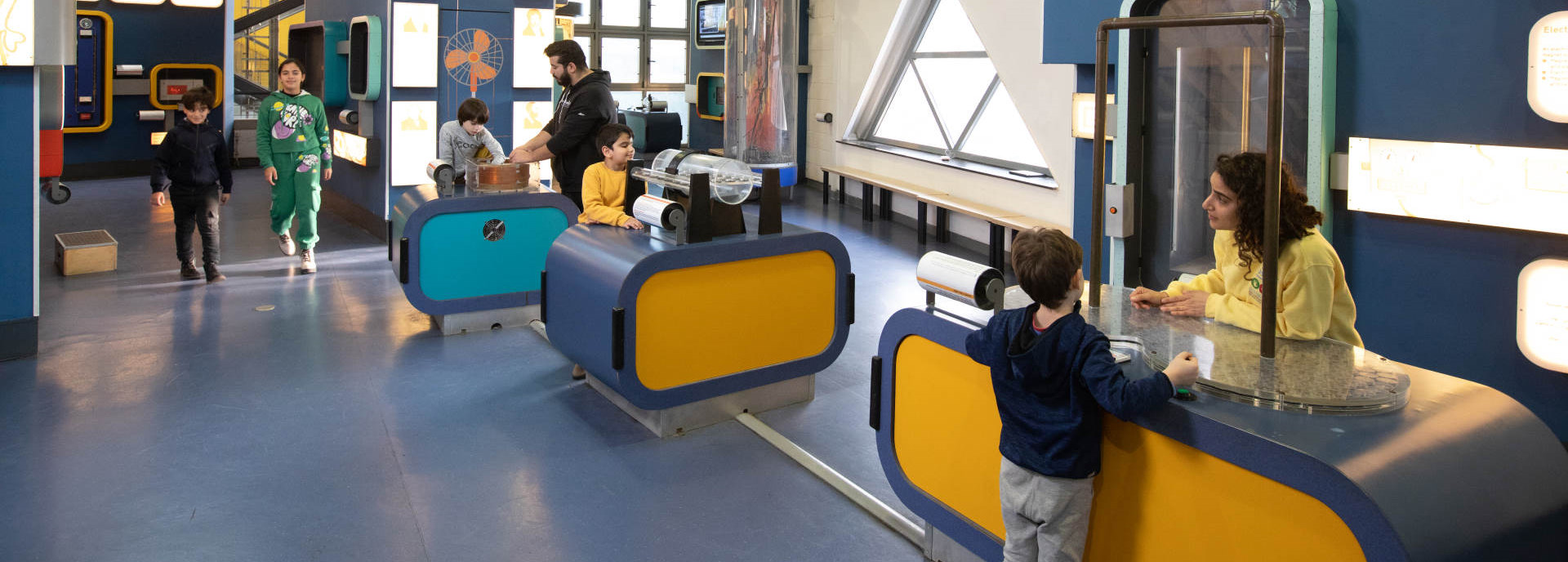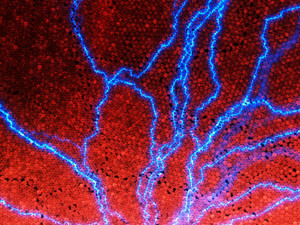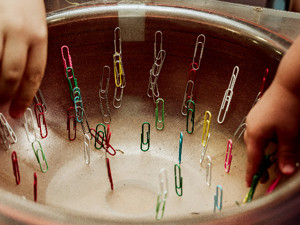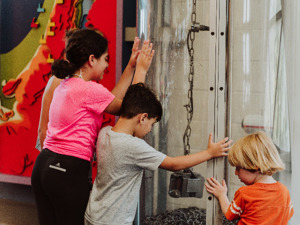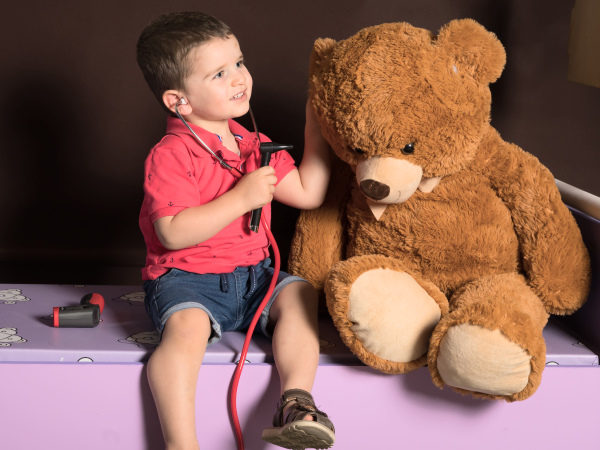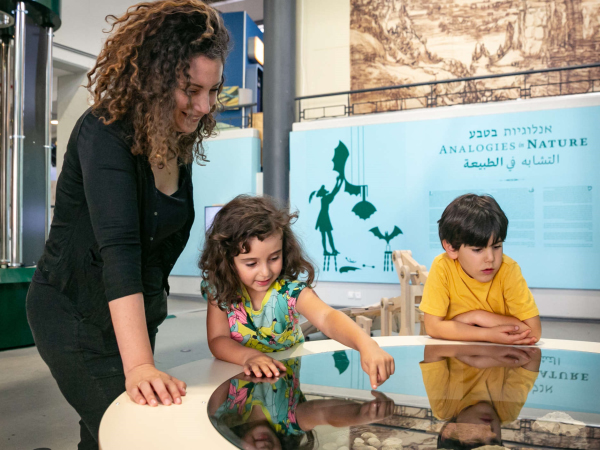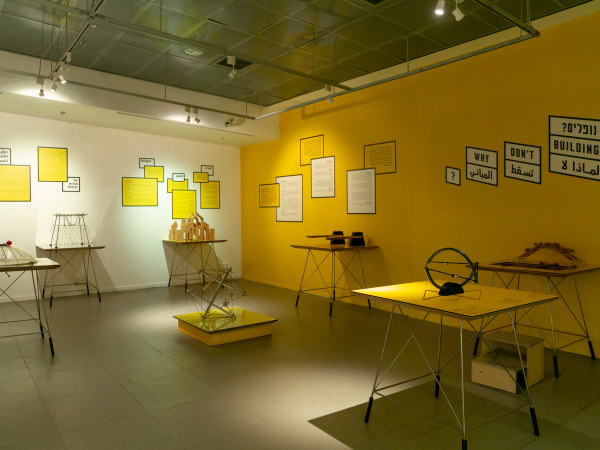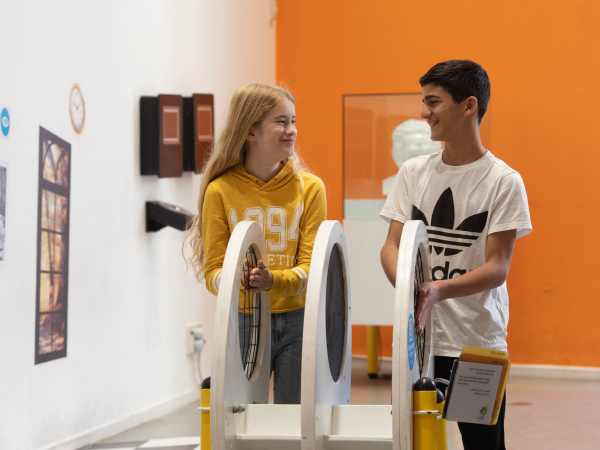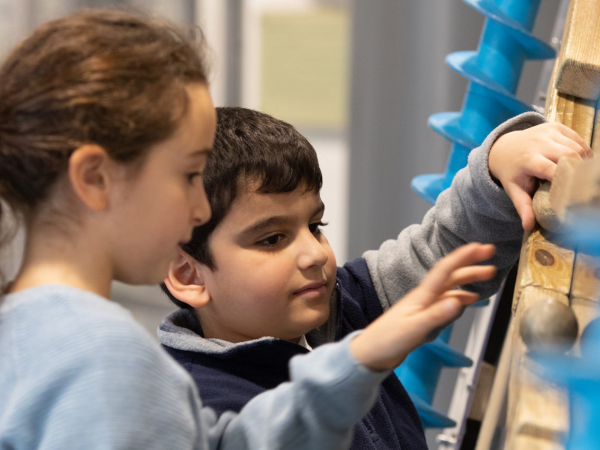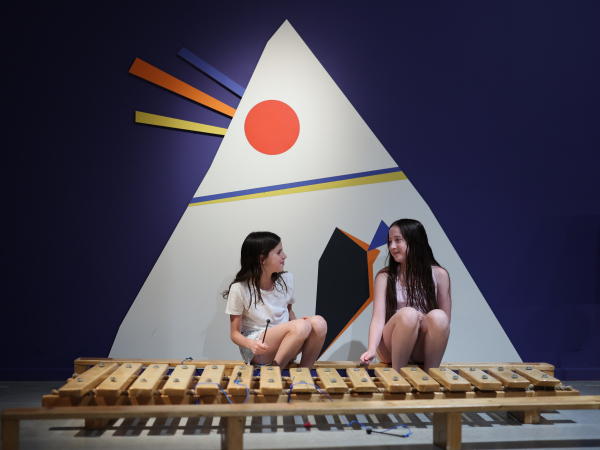About the Exhibition
Electrical appliances are everywhere but, if we look into what they actually do, we will find that electricity is actually required as such only in extreme and special cases, such as the electric chair and a few other special laboratory devices.
In our daily lives, we need electricity to produce light (bulbs), heat (ovens, toasters, kettles, electric blankets, microwaves...), power and movement (electro-magnets, fan motors, mixers, washing machines, dryers...), sound (loudspeakers, stereo systems) and to transfer data (telephones, faxes, etc.).
Electricity’s “secret sauce” lies in its ability to evolve into different forms of usable energy. But that is not all: an electric current can also easily flow from one point to another through relatively thin wires.
Most importantly, it is very easy to control the flow of the electricity. So easy, in fact, that you can press a single switch to turn on (or off) ten, a hundred, even a thousand light bulbs.
In “Electricity – the Power and the Light”, you will witness how electricity – a force considered magical until a mere 150 years ago, when it was used to attract objects to each other or ignite flashes and sparks - has become the most important “fuel” of our times, powering almost every technology we use.
You’ll explore the principles generating light in a bulb; how a strong electric current can turn even the air into a magnet or make an aluminum ring fly up in the air; and how electric motors and dynamos work.
You’ll see how gas produces light when an electric current flows through it, and play with different gasses to emit different colors of light. You will figure out how a microwave works and hear the electric currents as they flow through your body. You’ll be able to light a bulb that isn’t wired, and even gently shock yourself with a low, harmless current (don't try this at home!).
